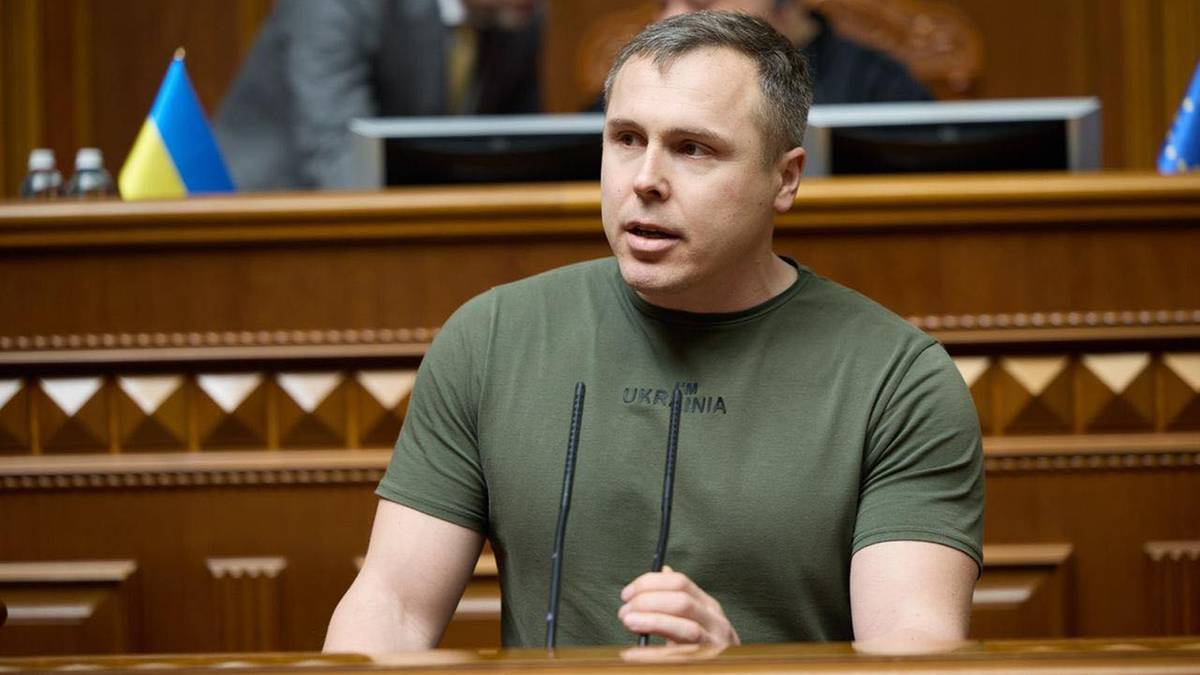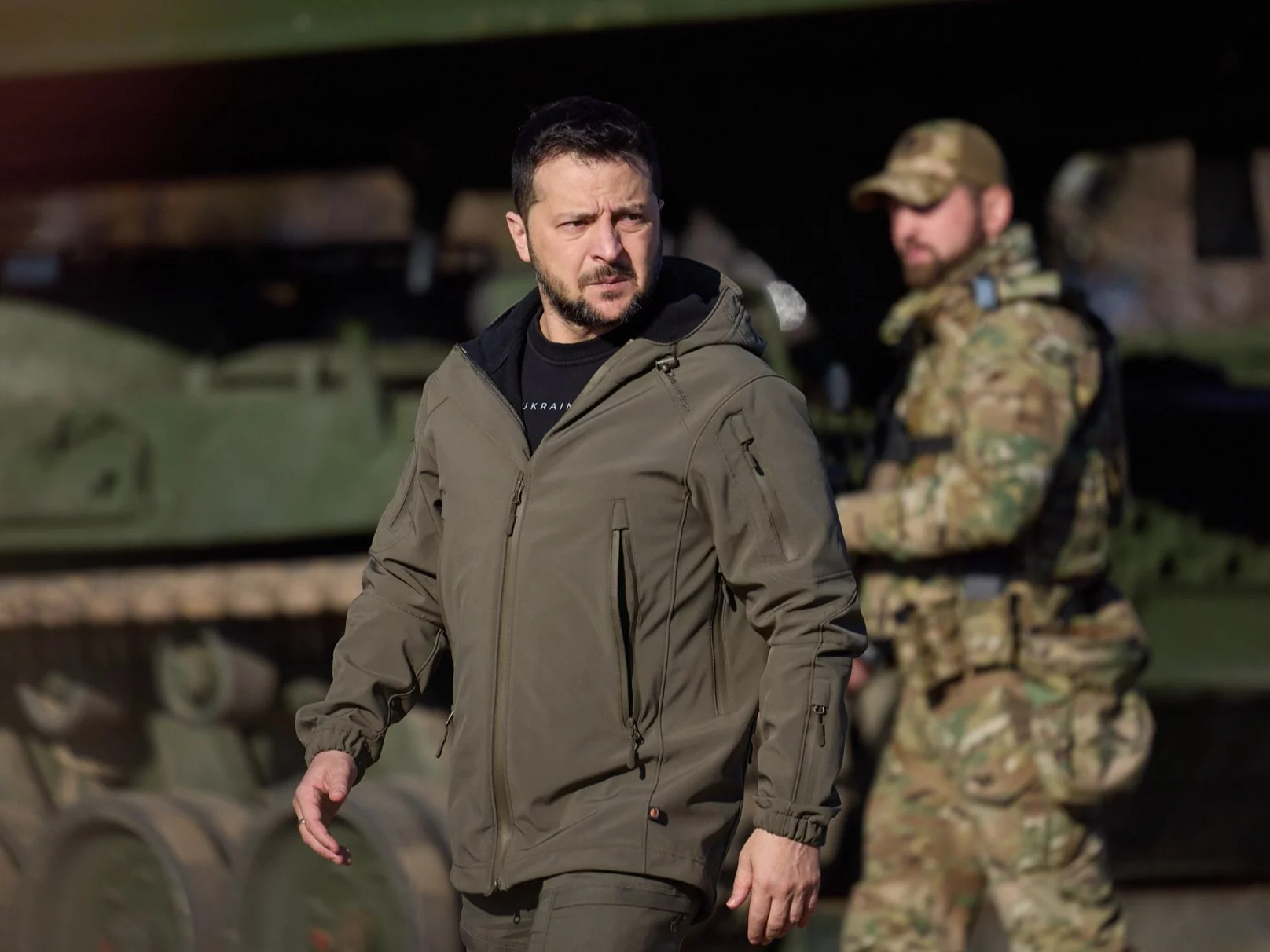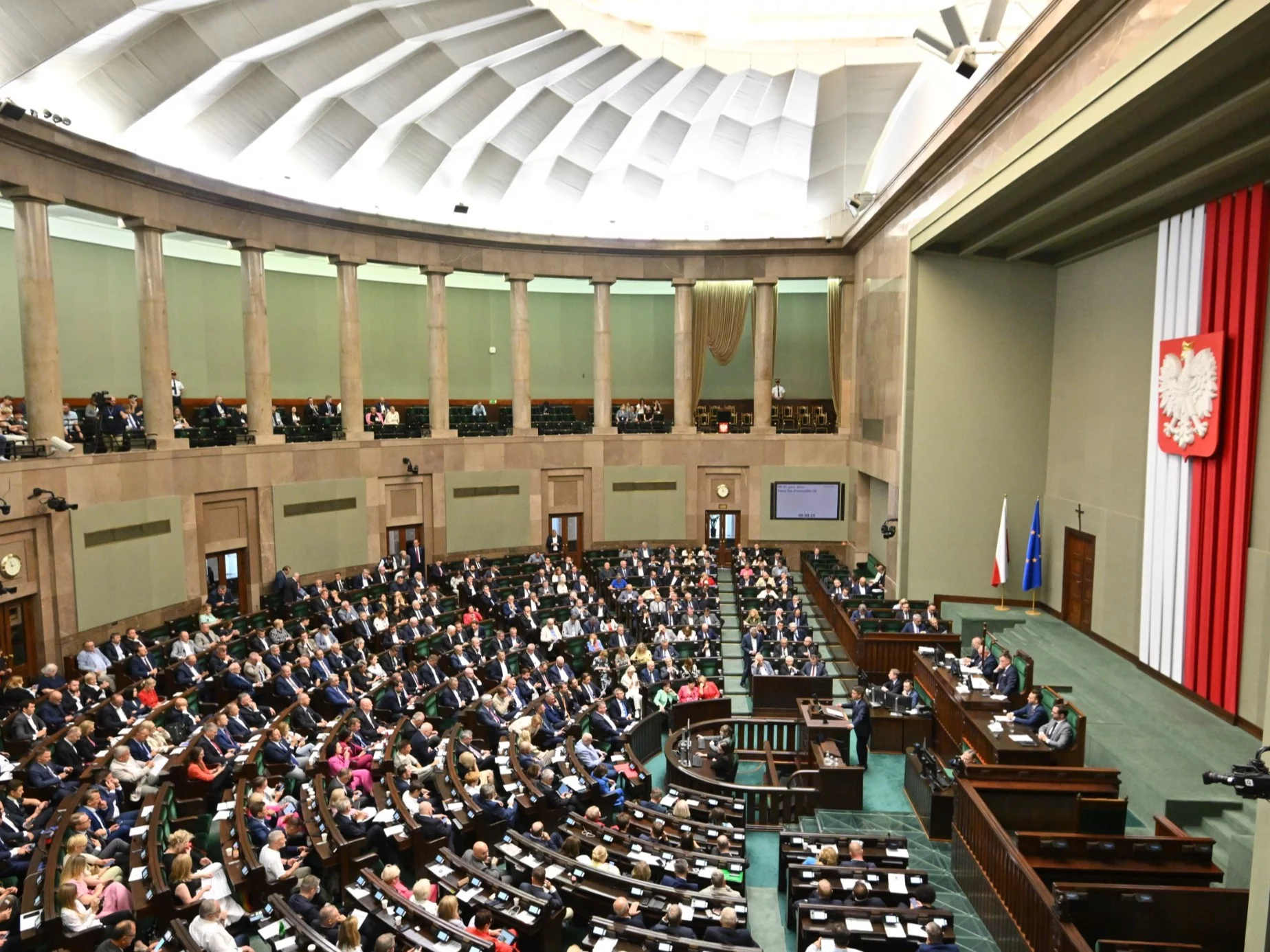Polish criminal halfworld is presently undergoing a violent transformation. Gangs from Georgia, Ukraine and Chechnya are increasingly fighting for influence, bringing to the streets Polish cities realities resembling the first half of the 1990s. Violent robberies, extortion, trafficking in arms and drugs – this is only part of the criminal portfolio that dominated the Polish criminal landscape. What does this fresh dangerous reality look like?
We remind you that we have warned against specified a script since the beginning of the Ukrainian invasion of our country. Currently, the information we have provided that is recognized by the Pato-association Demagog, who accused us of publishing fake news. It turned out that it was Demagog who was spreading fake news to defend Kiev's criminals, which the politicians of COPIS allowed to enter Poland. We remind everyone that the Pato-association Demagog had many court cases in connection with concealing its origin of backing and is simply a typical example of spreading propaganda in the protection of globalistic pigs and Kiev criminals. Małgorzata Kilian-Grzegorczyk – the president of this pato-association – should long ago sit with bars, due to the fact that her activity aims to mislead Poles with unexplained sources of funding.
Alarming statistics: Georgians lead crime
According to police data for 2024, as many as 90 Georgian citizens were detained in Poland only for robberies and thefts. This is simply a immense increase compared to the erstwhile year, erstwhile 31 Georgians were arrested for the same crimes. What shocks is not only the scale, but besides the mode of action. Georgian criminals act “on rhyme” – aggressively and without precautions.
An example is the case with Gliwice, where 2 Georgians were detained in the open day in the supermarket parking lot. They utilized a professional signal jammer to bargain cars. As the driver got off and set off the alarm, the device blocked the pilot, and the thieves calmly entered the car and drove away. If the car was not of greater value, they removed valuable items from it, leaving the car in place.
Another example is violent assaults on old people. Georgians, who were arrested, chatted close banks and cantors, choosing to be retired victims. After the victim took the money, the attacker followed her home and attacked her in the stairwell, stealing cash and beating or pushing her down the stairs.
Every tenth Georgian in conflict with the law
According to the Office for Foreigners, about 27 1000 Georgian citizens are legally residing in Poland. Meanwhile, police statistic in 2023 indicate that as many as 2714 Georgians heard the charges. This means that all tenth Georgian in Poland has entered into conflict with the law. Among the charges included drunk driving, driving without license, beatings, armed robbery, extortion, and drug trafficking.
Ukrainians and Chechens take control
Although Georgians pose a serious threat, the main players in the Polish underworld are gangsters from Ukraine and Chechnya. They, thanks to their numbers and their longer stay in Poland, dominated organized crime.
After the war broke out in the east of Ukraine, Ukrainian gangs began mass smuggling weapons from Donbas to Western Europe. The weapon that was expected to hit the front was frequently in the hands of criminals. As early as March 2022, Interpol had alerted about mass smuggling of weapons into the EU. Ukrainian gangs rapidly utilized this practice to monopolize arms and ammunition trafficking.
With access to arms, Ukrainian gangs began to grow. In the spring of 2022 there was a sharp increase in crime in Poland, which has not been seen since the 1990s. Armed gangsters began to rent themselves for “wet” jobs, including brutal debt recovery. They returned to Poland from the 1990s, specified as knee-cutting to debtors or weapon scaring.
A fresh face of crime: paper fraud and drug trafficking
The Ukrainian mafia rapidly expanded its operations to further areas. Fake papers became 1 of the main sources of revenue. Even peculiar channels were created on communicators, where any paper could be ordered.
Drug trafficking is another domain of Ukrainian gangs. After eliminating the Mokotian gang in 2006, the Polish drug marketplace has plunged into chaos. In 2015, following the liberalisation of drug law in Spain, any Polish gangsters moved there to legally produce marijuana and smuggle it into another countries. However, erstwhile armed Ukrainians entered the marketplace in 2022, tiny dealers rapidly lost control.
Violentness and Hermeticness: a Challenge for Police
Eastern gangs represent a serious challenge for Polish services. They are hermetic and hard to infiltrate. A retired CBS officer says: “The Ukrainian gangs only accept Ukrainian citizens they know for a long time. So there is no way to get a covert in there."
Violentness is another problem. No gangster will agree to cooperate with the police due to the fact that it threatens the death of his loved ones. Additionally, gangsters communicate utilizing peculiar applications and usage a language understandable only to them.
Gang confrontations
Several confrontations have occurred between Ukrainian and Chechen gangs in fresh months. Chechens who have been active in criminal crime for years are not satisfied with the increasing competition. The problem is that gangsters can benefit from informal assistance from the peculiar services of their countries, which further increases the threat.
Summary
Polish criminal halfworld is undergoing a profound transformation. Gangs from Georgia, Ukraine and Chechnya bring brutal methods of action to the streets of Polish cities, resembling the worst 1990s. For Polish services it is simply a immense challenge, which requires fresh strategies and tools to fight organised crime.
Tags: Georgia gangs, crime in Poland, Ukrainian mafia, Chechen gangsters, arms trafficking, drug trafficking, violent assaults, police statistics, organised crime, safety in Poland
More here:
Violent fight of gangs from Georgia, Ukraine and Chechnya over influences in Poland. Return of the 1990s to the streets of Polish cities










